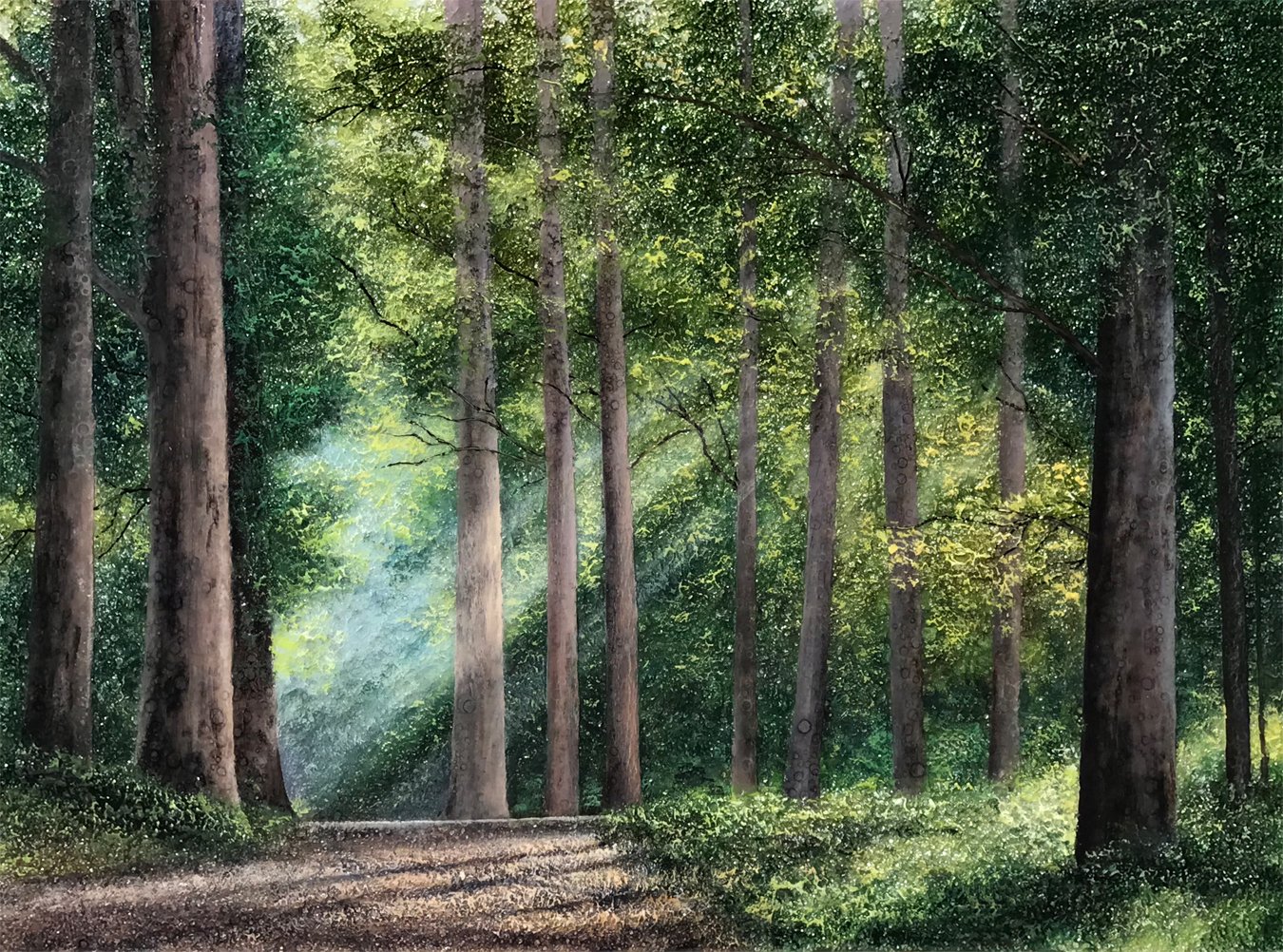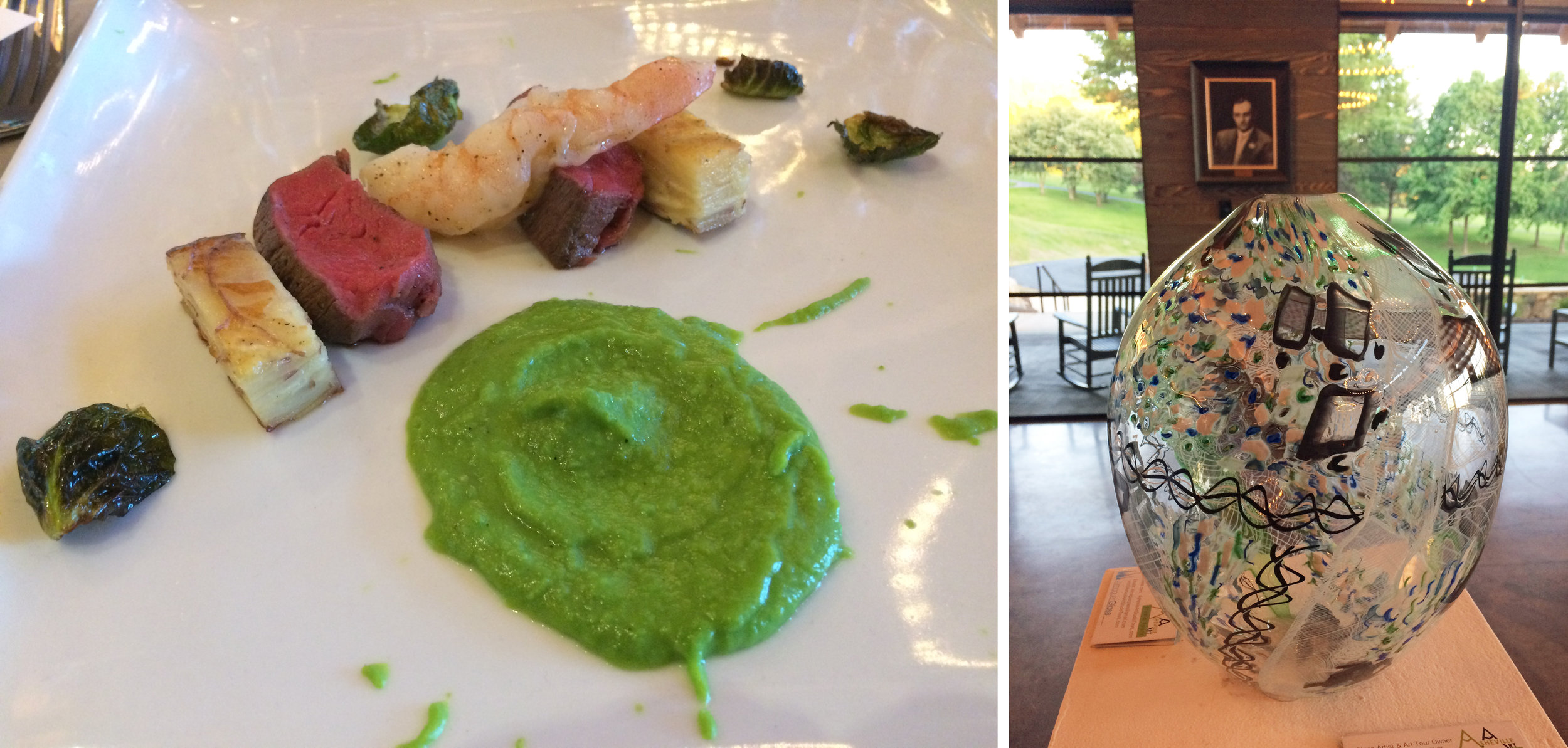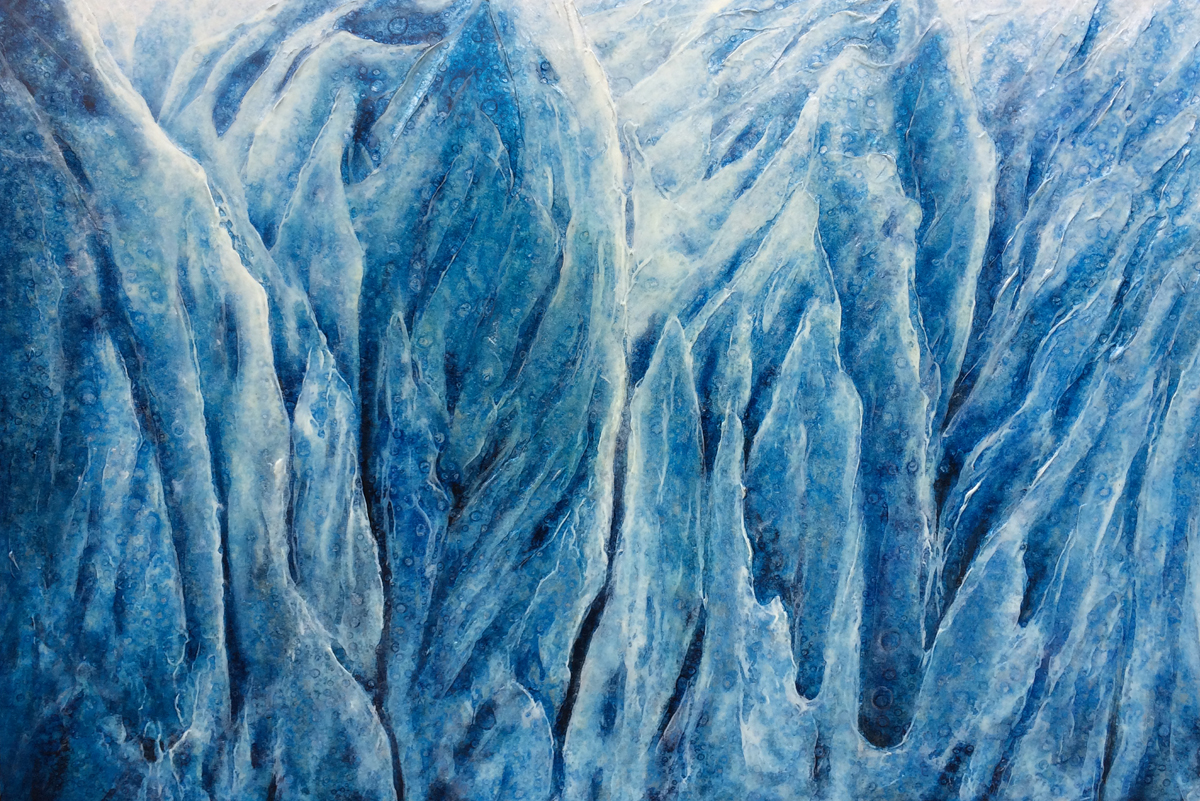I’ve been asked several times who may own personal favorite artists are. That’s easy: Claude and Vincent. Claude Monet and Vincent van Gogh, despite both being giants in the art world, bring different vibes to the canvas.
Monet, a key figure in Impressionism, was all about capturing the fleeting moments of light and color. His loose brushstrokes and vibrant hues are legendary, particularly in series like “Water Lilies,” where he painted the same scene under different lighting to show nature’s changing face. His style is about the immediate visual impression, focusing on natural light’s play and its impact on the landscape. Monet’s color palette—full of soft blues, greens, and pastels creates a serene, ethereal beauty that draws you in.
“Their subject matter also sets them apart…”
Van Gogh, meanwhile, is known for his emotional intensity and expressive style. As a Post-Impressionist, his paintings feature bold, dramatic brushstrokes and vivid colors. Unlike Monet’s tranquil scenes, Van Gogh’s works are charged with energy and emotion. “Starry Night” is a perfect example, with its swirling sky reflecting his inner turmoil and passion. Van Gogh’s colors are dramatic and symbolic, with intense yellows and blues conveying deep feelings. His thick, textured brushwork gives his paintings a tactile, almost three-dimensional quality.
Their subject matter also sets them apart. Monet’s art is deeply rooted in nature, often focusing on landscapes and gardens, inviting viewers to see the beauty and ever-changing light of the natural world. Van Gogh’s subjects are more varied, from landscapes to still lifes and portraits, often revealing a more personal and introspective side that reflects his own struggles and emotional states.
In essence, Monet’s art soothes and calms, while Van Gogh’s work engages and stirs the soul. Monet’s Impressionism captures the fleeting beauty of the external world, while Van Gogh’s Post-Impressionism dives into the artist’s internal world. Together, they showcase the diverse possibilities of art as a medium of expression, each bringing their unique vision and passion to life on the canvas.

















